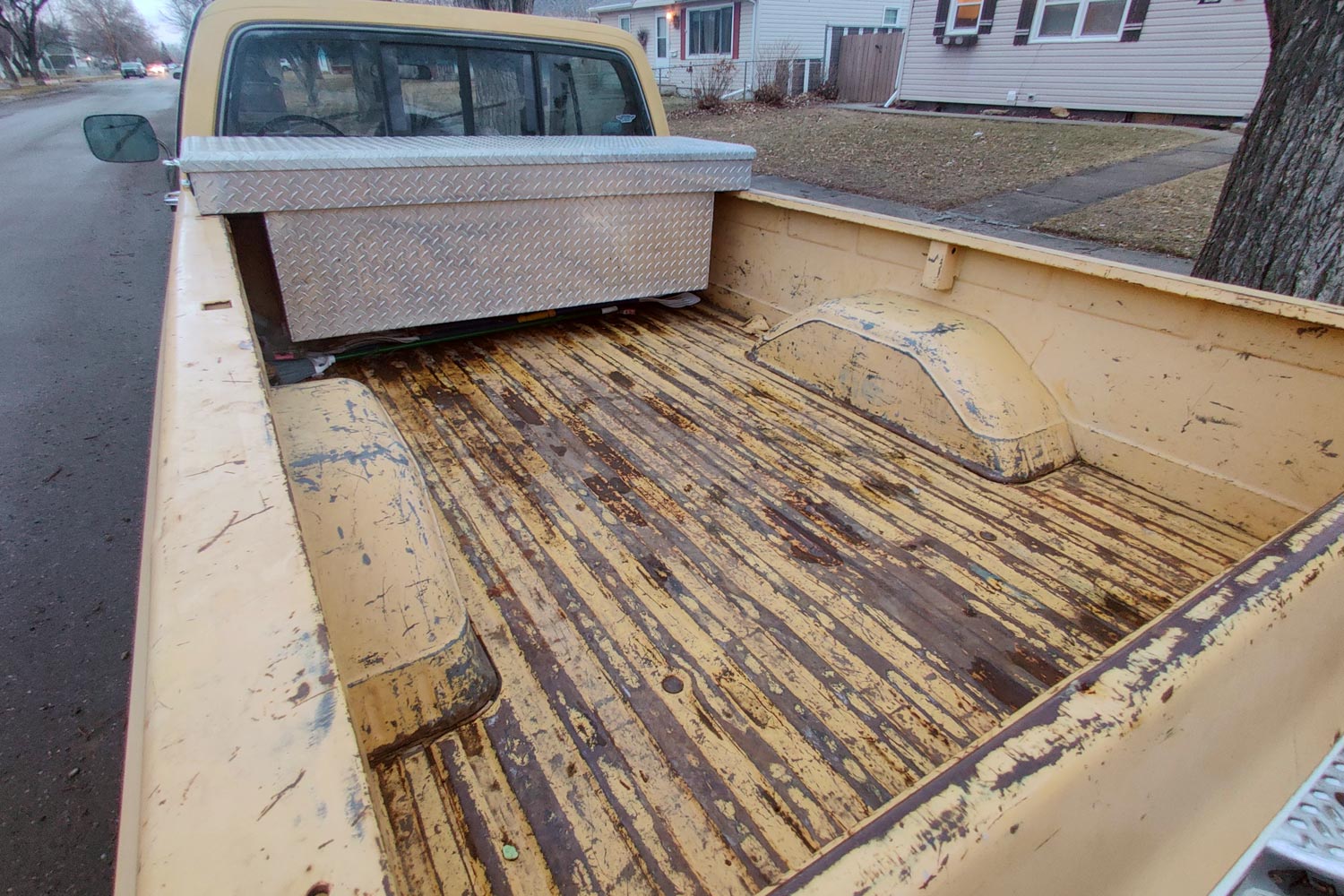What to Look For in a Pickup-Bed Toolbox
A toolbox in the bed of your truck can add versatility, security, and convenience.
 Austin Lott | Capital One
Austin Lott | Capital One
If you're in an industry that requires tools or equipment, and you plan to regularly work out of your pickup truck, investing in a quality bed-mounted toolbox makes sense. A toolbox is designed to keep your tools and equipment safe from theft, damage, and the elements and your bed clear for anything you might need to haul. Before making your decision, though, you'll want to consider several factors, including the toolbox style, placement, size, and material. Here's what you should know.
Pickup-Bed Toolboxes Come in Many Styles
Every box design has its pros and cons, but a lot of people like the crossbed
Because crossbed saddle boxes span the width of the truck, owners can access the tools from either the driver's or passenger's side. They're not compatible, however, with a lot of tonneau covers. Fortunately, traditional chest-style boxes (and
If you need more tool storage than a crossbed box provides, consider adding a side-mounted box or two. Some side boxes sit atop the bed rails, similar to a saddle box. Others snug up against the wheel well and fall below the top of the bed. Side-mount boxes may even
There are units out there (such as
 Austin Lott
Austin Lott
Toolbox Features Are Available for Numerous Applications
Once you've determined the type of toolbox you want, it's time to think about features. For starters, any box you buy for a truck should be waterproof and have a lock. It should also accommodate the tools you intend to carry, so look closely at capacity and how the interior space is sectioned.
Next, think about material. Most aftermarket options will be made of either aluminum or steel, as both metals can withstand a lot of abuse. An aluminum-alloy box will weigh less than a comparable steel one and never corrode, but you'll likely pay more for it. The same goes for stainless-steel toolboxes. You may also come across composite (plastic) boxes in your search. These are less common but gaining in popularity, as they're lightweight, affordable, and rustproof, however they're not as strong as metal options.
While it may seem frivolous at first, box color is another thing to keep in mind. Direct sun can heat up a black metal box in no time and make accessing your tools a gloved affair.
Most boxes have one lid that hinges along the length of the box, but there are also gullwing lids that hinge in the middle and offer two openings. The best toolbox style for you will depend on the type of tools you need to store.
Speaking of lids, some come with railings on top where you could secure extra cargo, and some open with the assistance of gas struts. Struts are a nice feature, particularly if you plan to open and close the box frequently.
Prices Go Up Accordingly With Features and Design
Unsurprisingly, pricing varies quite a bit when it comes to truck-bed toolboxes. Style, brand, material, and features all factor into the equation, and professional-grade toolboxes can run into the thousands. Assuming you don't need the most durable model with every bell and whistle, you can find a sturdy basic unit for about $200. For heavier-duty boxes, expect to spend anywhere from $500 to $750 or more.
Written by humans.
Edited by humans.
 James Tate
James TateJames Tate has been writing about cars professionally for 15 years and he remains obsessed with them. He enjoys digging into the incredible technology of new vehicles as much as he likes the tactility and the driving experience of yesterday’s cars. He has written for a variety of legacy automotive magazines and websites.
Related articles
View more related articles